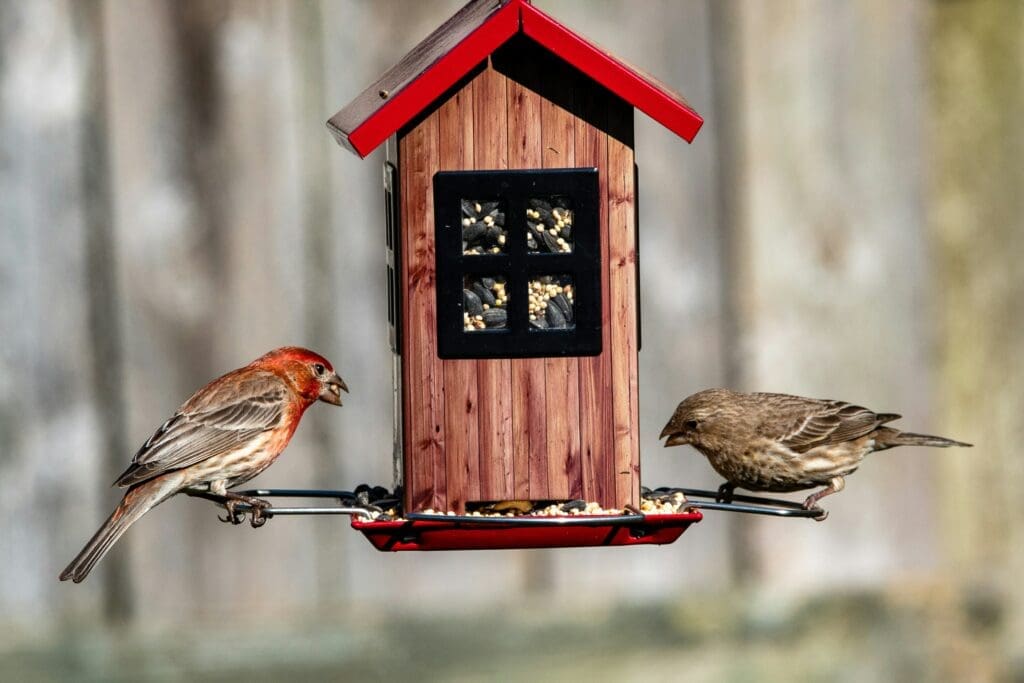As Phil emerged from his burrow and predicted the coming of early spring, homeowners like you are getting ready to enjoy the beauty of the season. What better way to celebrate the arrival of warmer days than adding smart landscaping practices into your life?
Native Plants
One of the best ways to be sustainable in landscaping is to grow native plants. These are species that naturally grow in your region. Therefore, they are well-adapted to the climate and require less maintenance. Consider creating a garden with these plants featuring flowers, shrubs, and trees that thrive in your area.

Rain Gardens for Water Management
Some homes, like the ones made by Long Ridge Construction, boast acres of land. Managing water runoff is important for both aesthetics and sustainability. Designing a rain garden is a solution that allows extra rainwater to be absorbed into the ground. This helps to prevent soil erosion, which is bad for your landscape. Choose water-loving plants like irises and grasses to enhance the beauty of these features.
Energy-Efficient Outdoor Lighting
Brighten your home with energy-efficient outdoor lighting. They enhance the visual appeal and reduce energy consumption. You can choose LED fixtures that provide a warm glow while minimizing the carbon footprint. You could also install solar-powered lights along pathways and garden beds. Use the power of the sun to create a nice atmosphere around your home and garden.

Smart Irrigation Systems
Efficient water use is a cornerstone of sustainable landscaping. Upgrade your watering system to a smart, weather-sensitive one. These systems adjust schedules based on real-time weather conditions. They can help you conserve water and make sure that your plants are getting the water and nutrients they need.
Composting Stations
Homes with lots of land tend to generate lots of green waste, such as grass clippings and leaves. Establish composting stations around your property to turn this waste into nutrient-rich soil for your gardens. Composting reduces the need for chemical fertilizers and closes the loop on organic waste disposal.
Wildlife-friendly areas
Design spaces that attract local wildlife. Bird feeders, bee-friendly plants, and butterfly gardens create an environment that supports biodiversity. A thriving plant and animal community around your home will contribute to the overall health of the planet. It also allows you to observe nature firsthand.

Green Roof Options
Think about adding a green roof on your property. Green roofs not only provide insulation but also reduce energy costs. They are truly a striking addition to your home. They can be enhanced with plants that promote diversity and add an interesting touch to your home and landscape.
By channeling your inner green thumb, you are able to enhance the beauty of your surroundings and contribute to a healthier planet for many years to come. Assuming that Phil the groundhog was right in predicting an early spring, it would be helpful to start preparing your home and lawn now for the warmer weather ahead.
For more helpful home tips, visit our blog.
